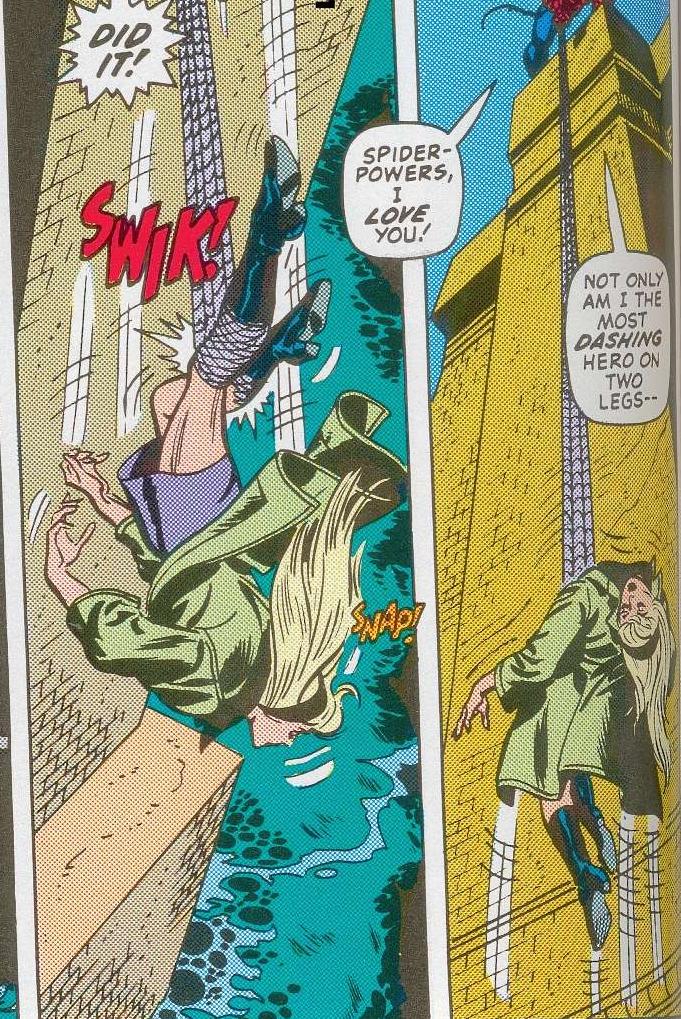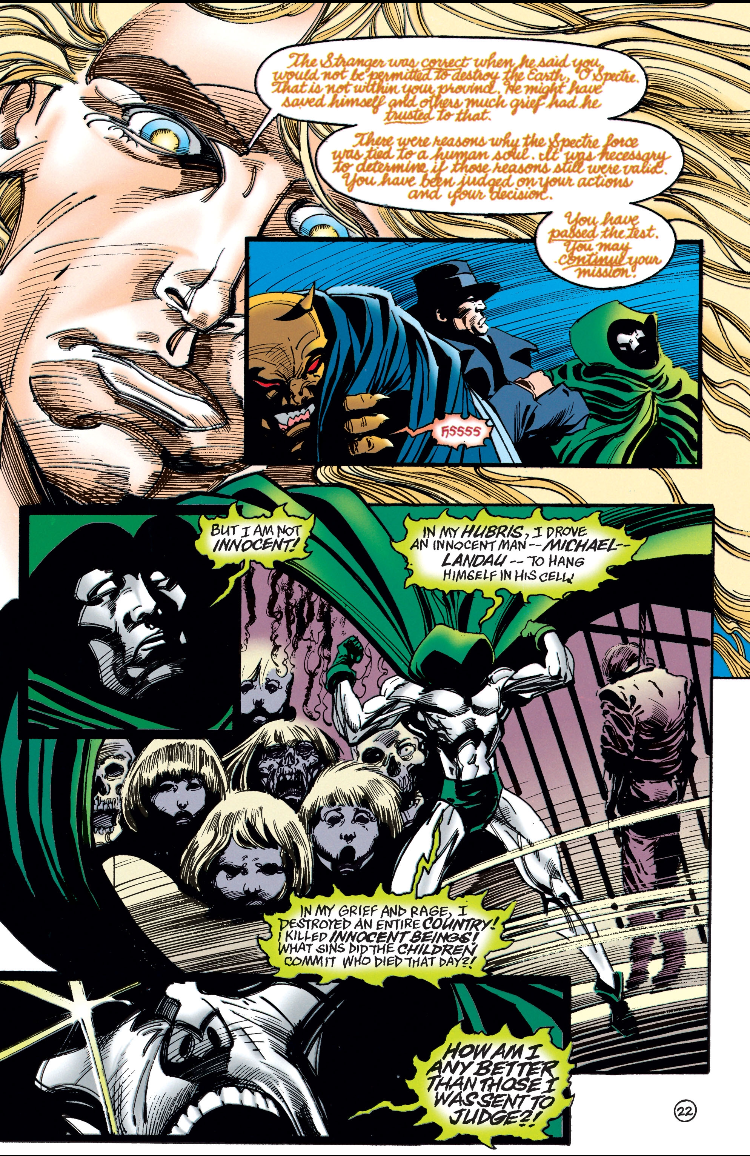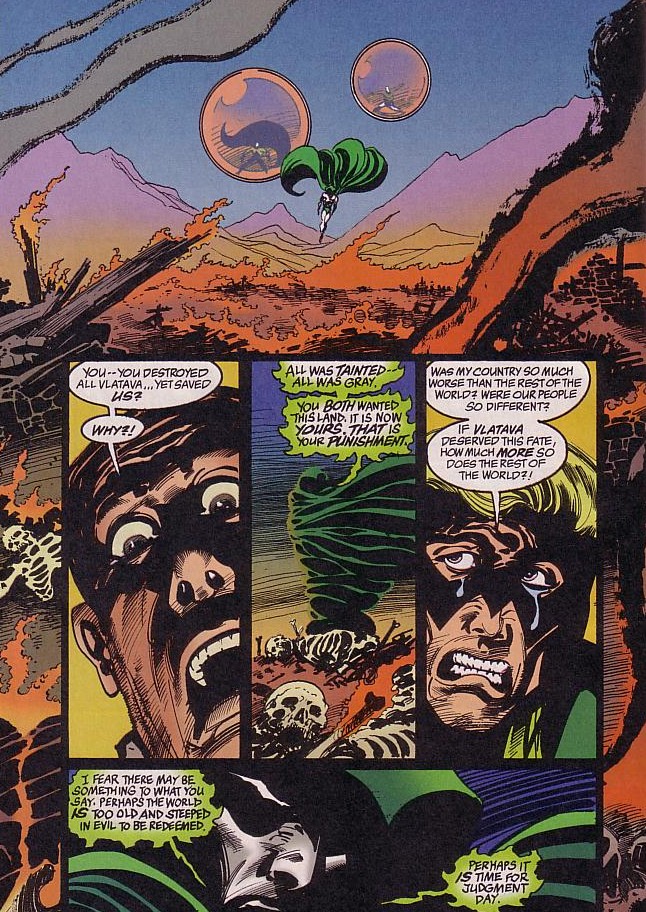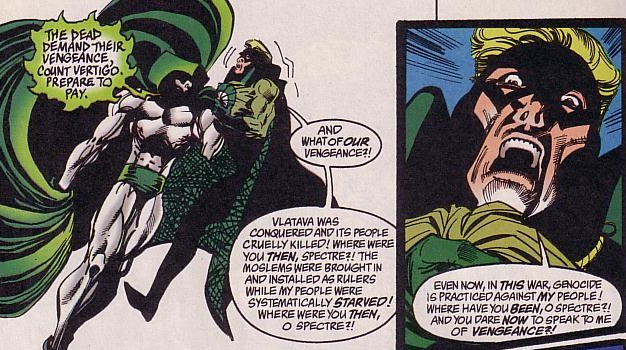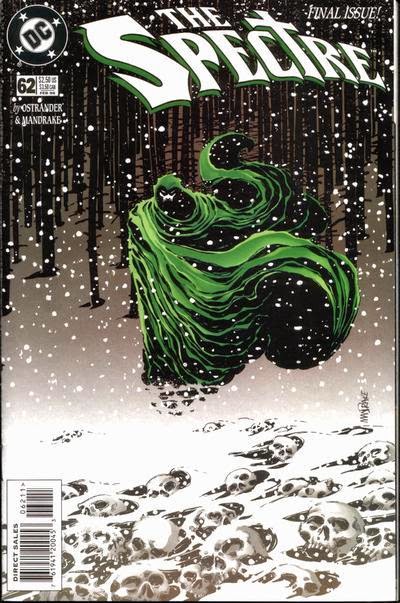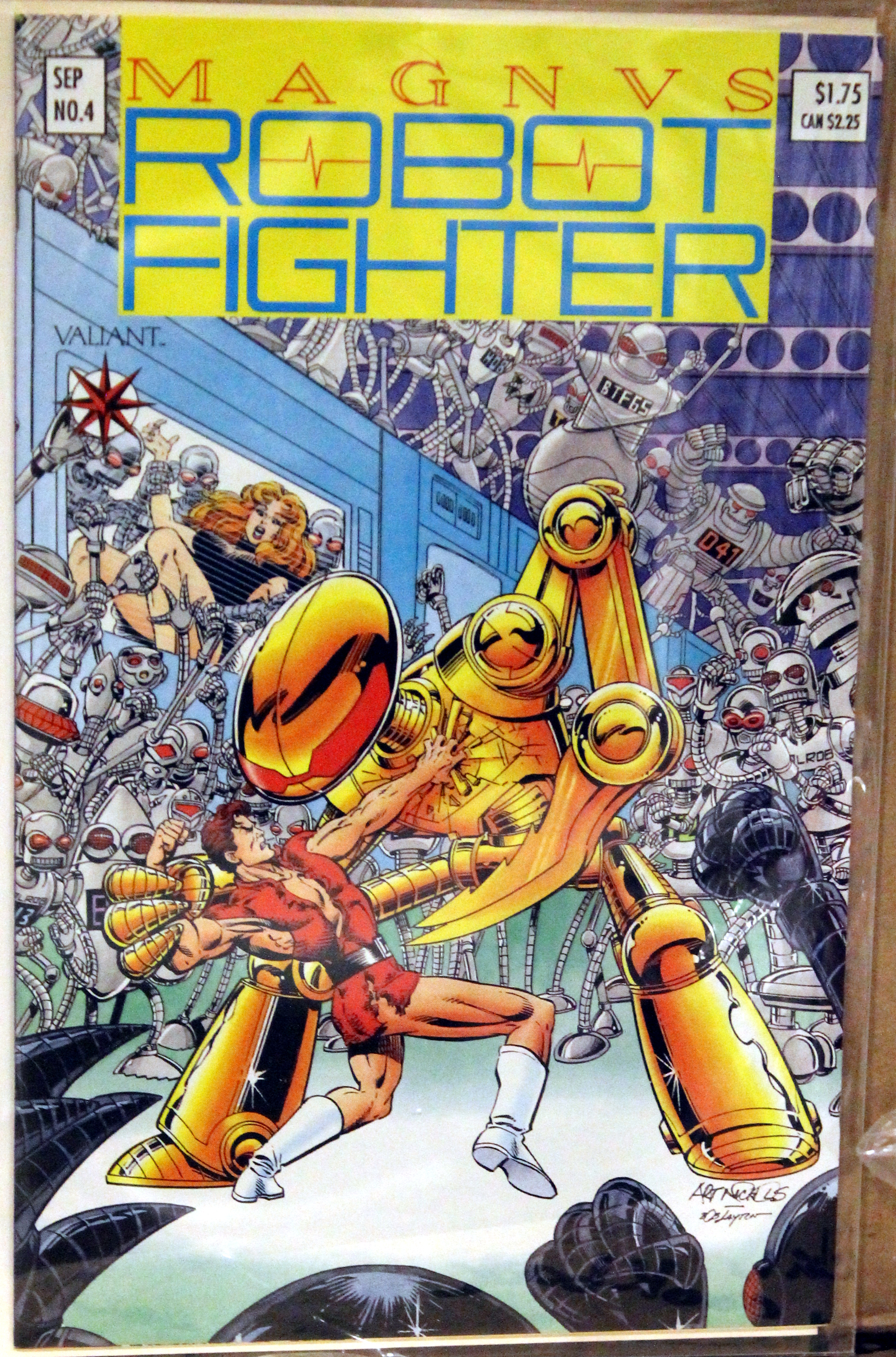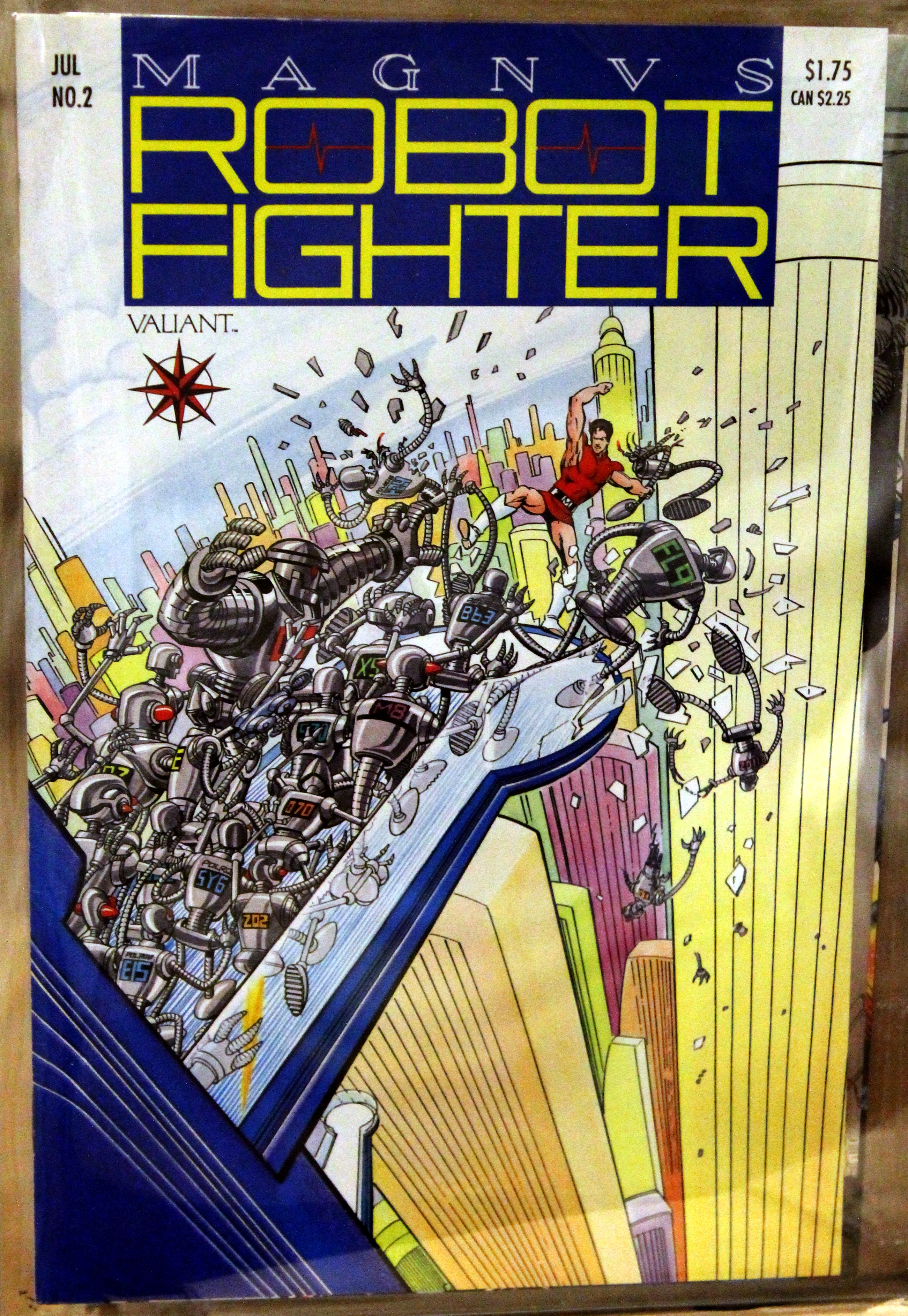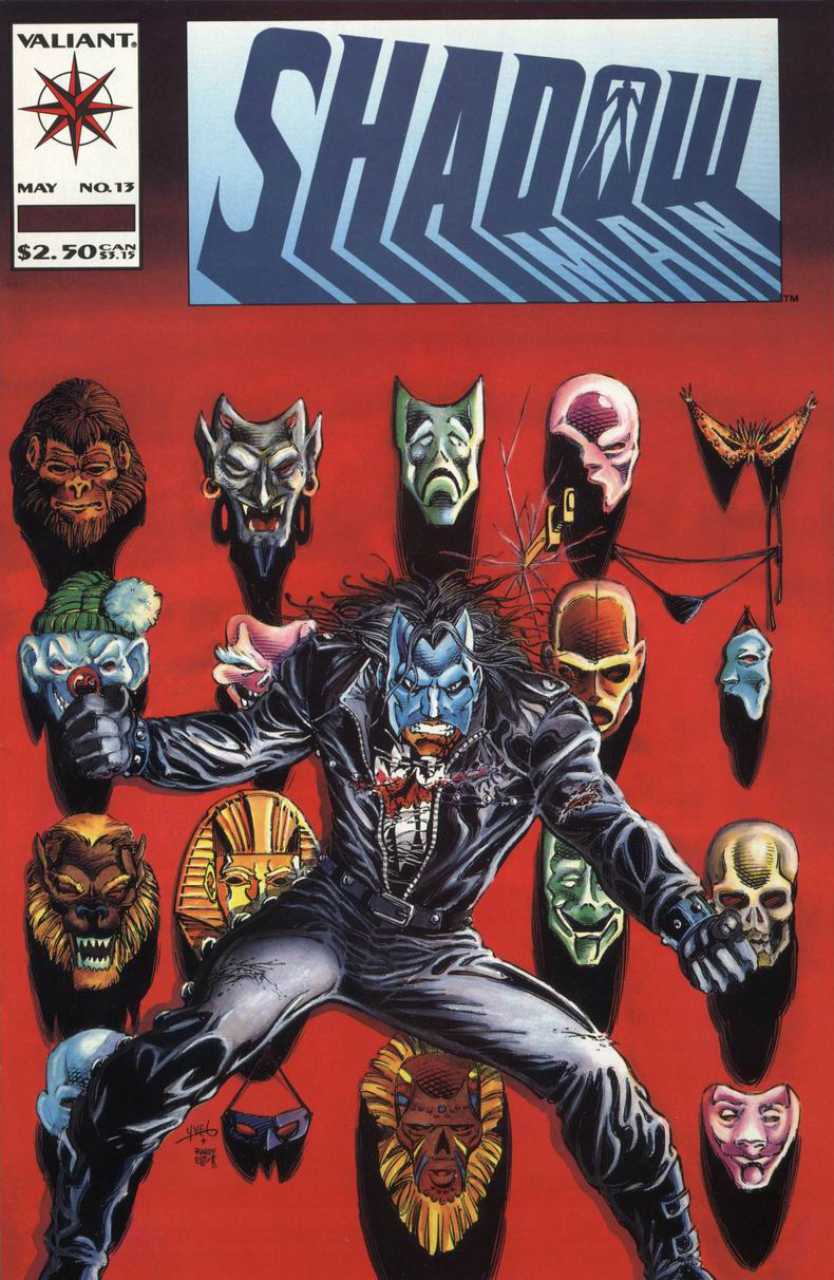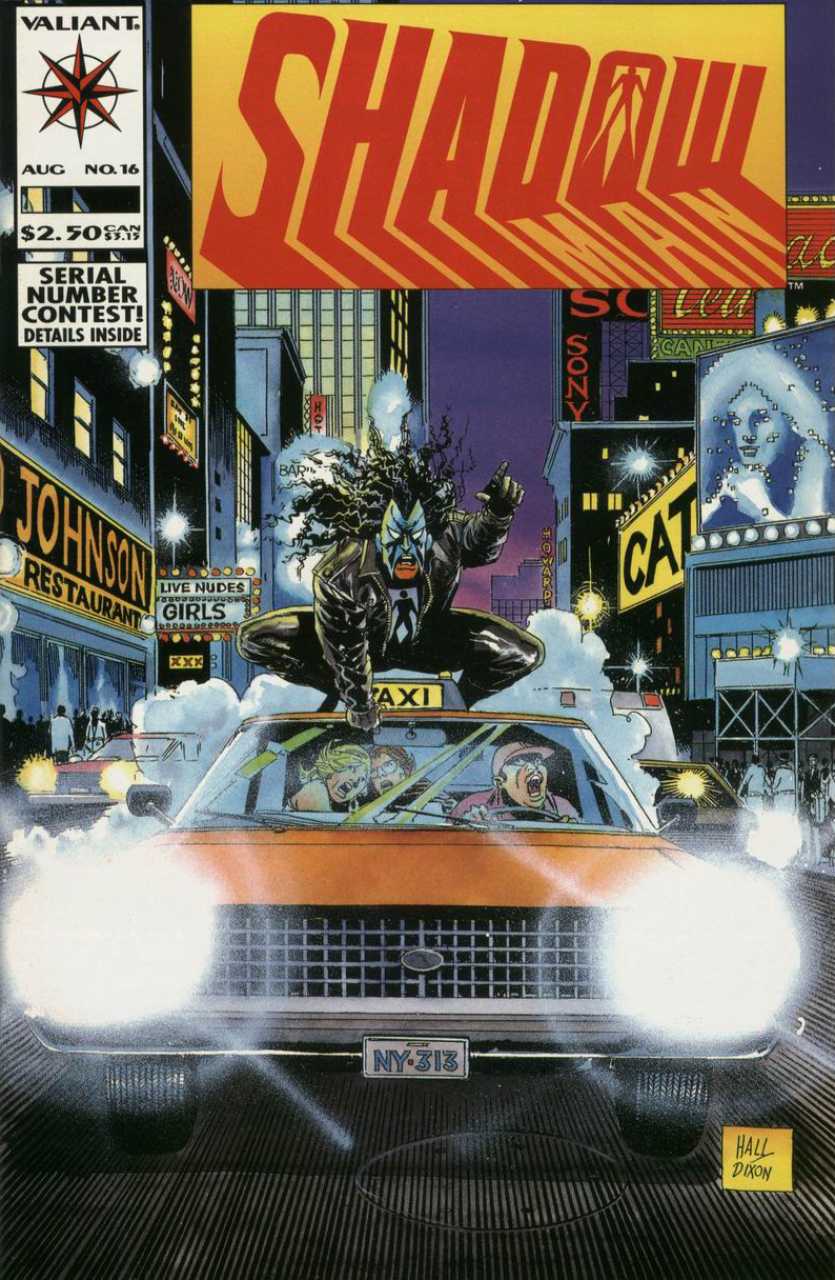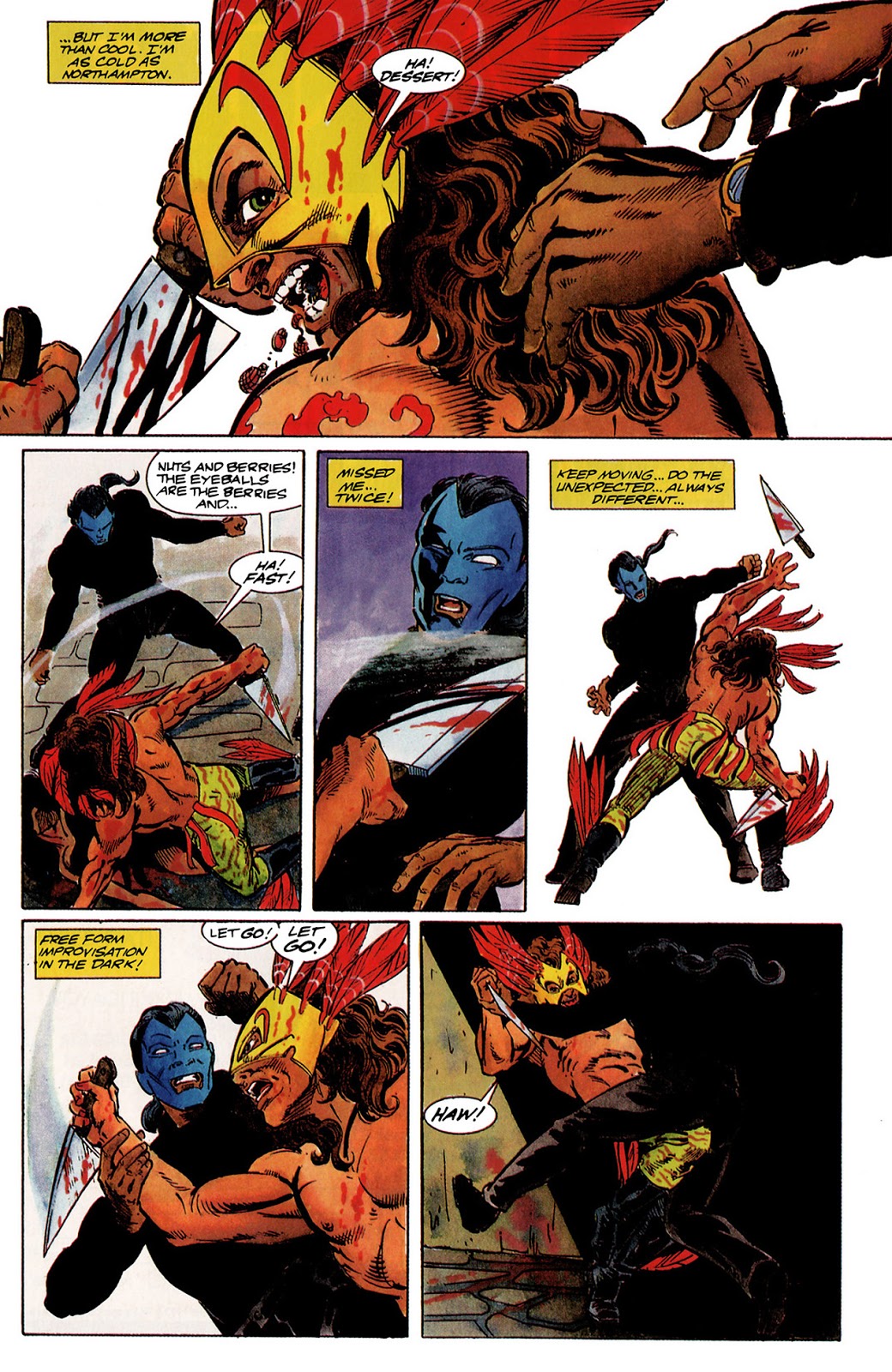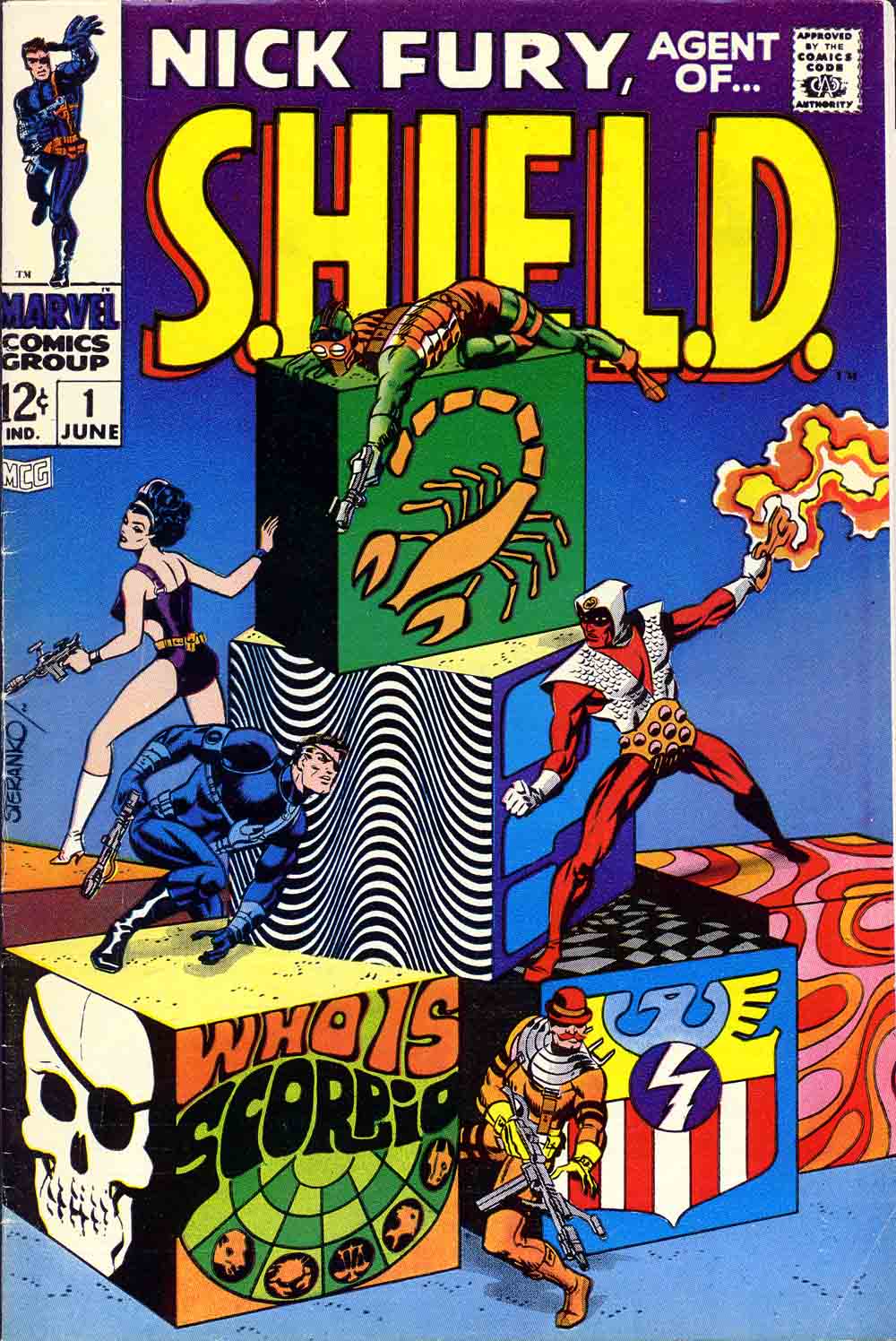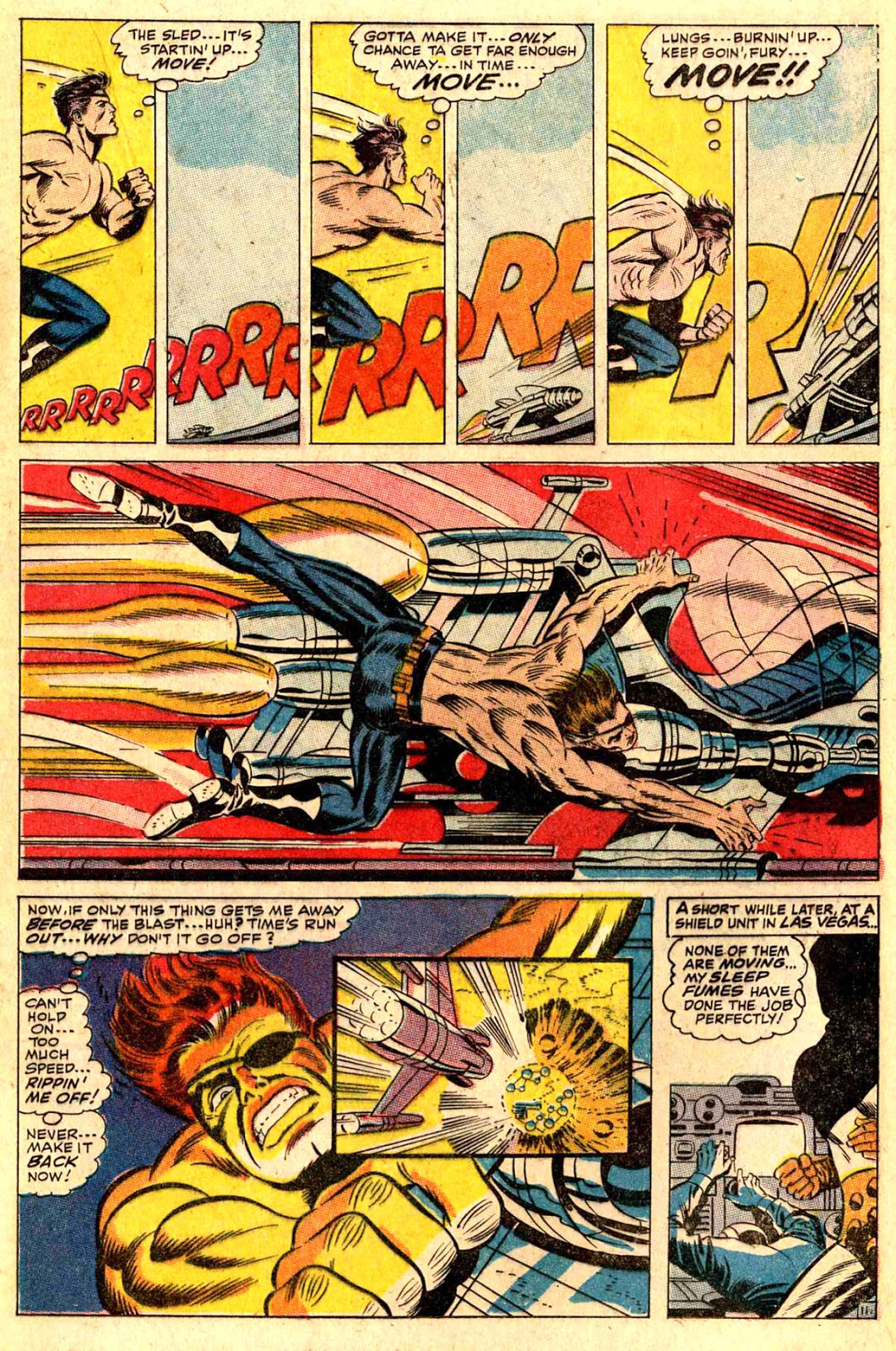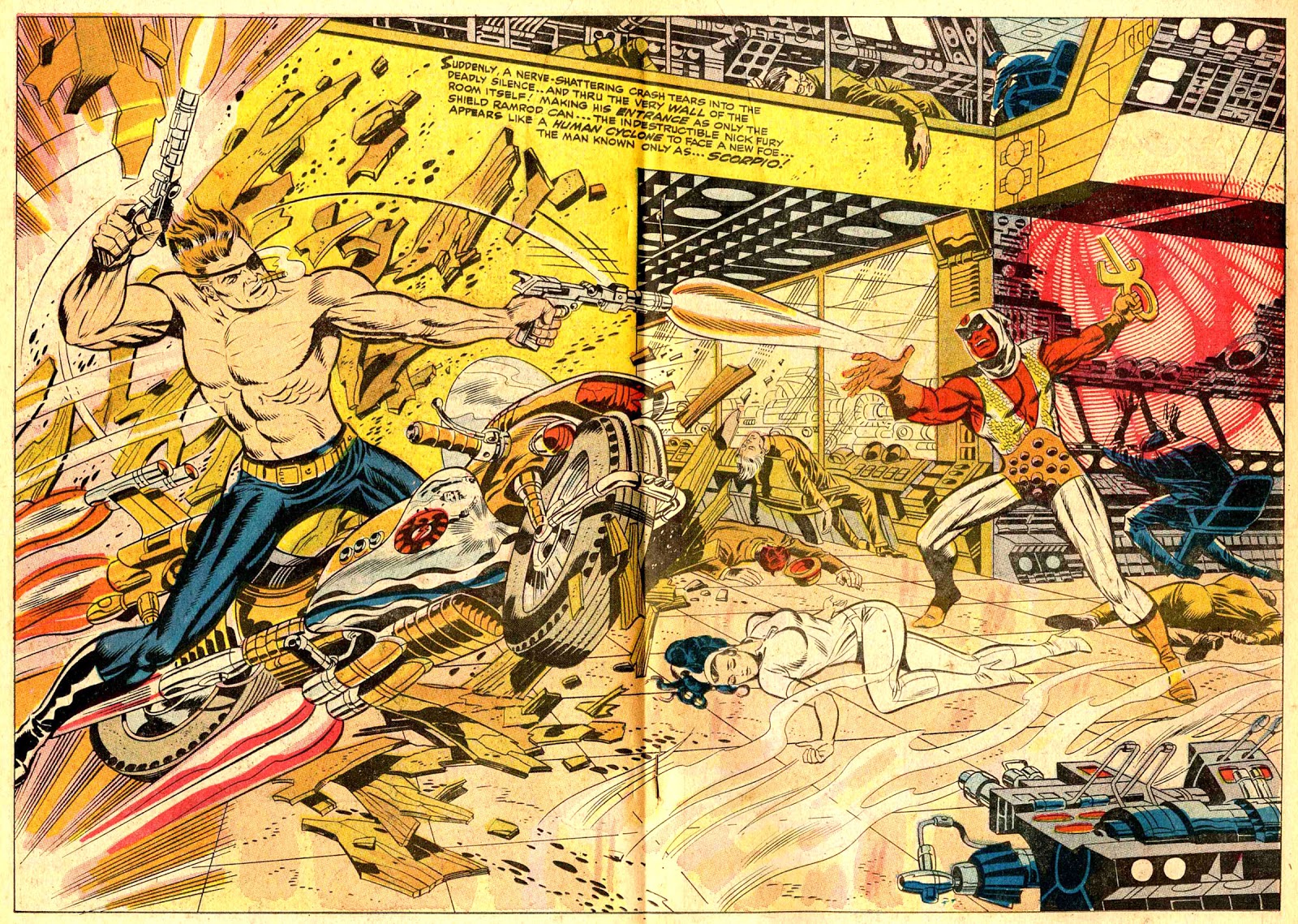
The time in Brooklyn is now:
Thu Nov 28 02:55:06 2024


We endorse the greatest
health and beauty products
and shampoo on the
market -
Maple Holistics
I was lucky enough that despite being deprived and largely orphaned as a child that I grew up with access to the newspaper stand, Carvel ice cream, and the Spaldeen. At the age of 12 or so, I was hustling the Canarsie Courier at the L train station at Rockaway Parkway. On Wednesday's they sold papers to the local kids for a nickle and we then hustled them for a dime. I would sneak into the station and ride the train up to New Lots Avenue and hustle them on the train ride back to Rockaway Parkway (which was the terminal station). Across the street there was a newspaper stand on the corner of Glenwood Road and Rockaway Parkway. I picked up my first four comics from that newspaper stand with a Jerky counter in the back. Among these books was Action 453, Superman 292, The Flash 236 and the Fantastic Four 164.
More books quickly followed. Quickly a collection grew and before long Jerry Kanowitz opened one of the first comic book shops, on Foster Avenue and Rockaway Parkway, specializing in back issues. These were the heady days of comic collecting and Jerry has FF#1, Avengers#1, Showcase#4 etc on display all the time. He had relationships within the industry, and was a real insider. He had the largest collection of back issues I had ever seen and we read everything in his bins. And he was a very warm fellow, with love in heart. They don't make people like Jerry any longer
I had the pleasure of going to Midtown Comics to pick up a copy of the new Fantastic Four reboot. Incredibly, the FF has not been published in almost 5 years because of a dispute of movie rights with Fox. It is frankly hard to understand, but the powers to be at Marvel killed the franchise and now it being return with much fanfare, with nearly 30 variant covers and FF covers on other books. It is Marvel marketing gone mad.
I got into a conversation with a couple and asked the man to name what he thought was the 10 best comic runs. He threw it back at me and I put together a list, only to find that it might be hard to get that list to only 10 runs. I've thought of this before and have written it up, but I think it deservers a permanent spot on my website, so here it is. The 20 best comic runs/or creations.
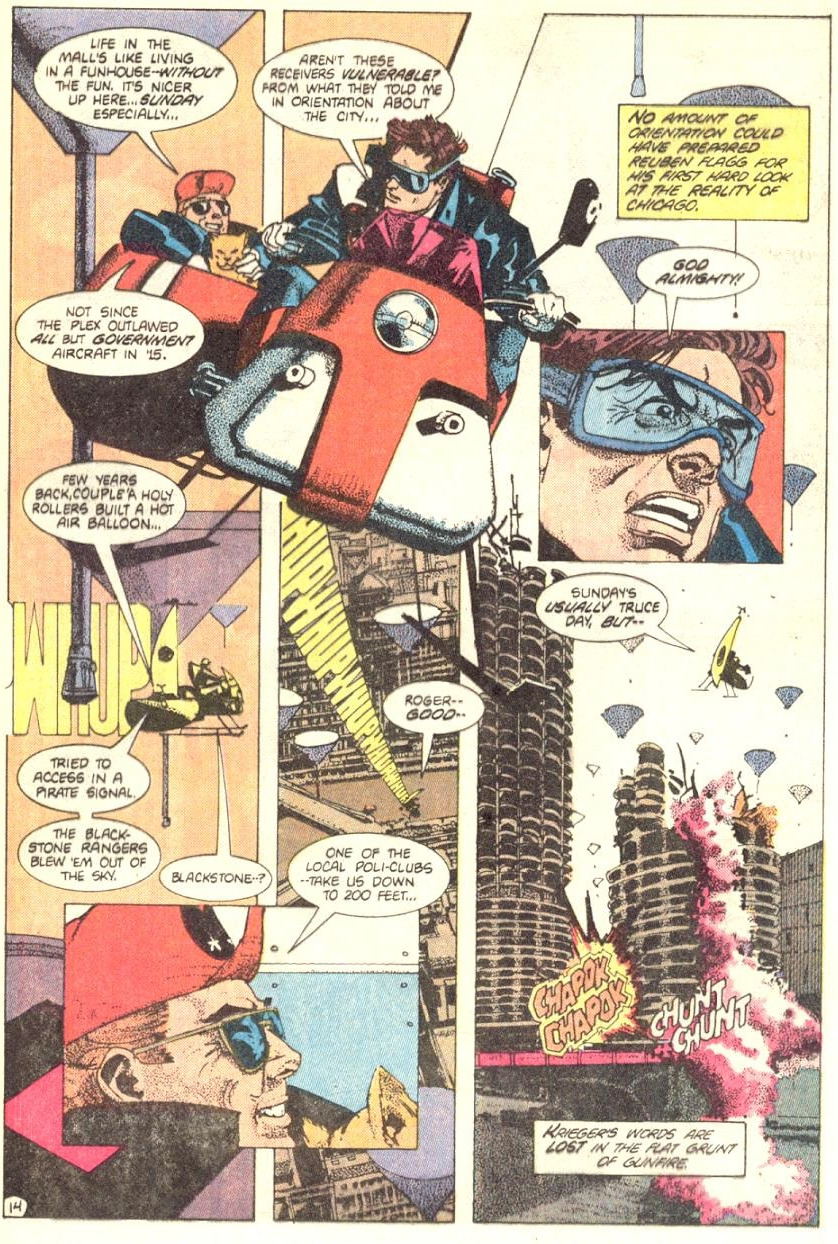
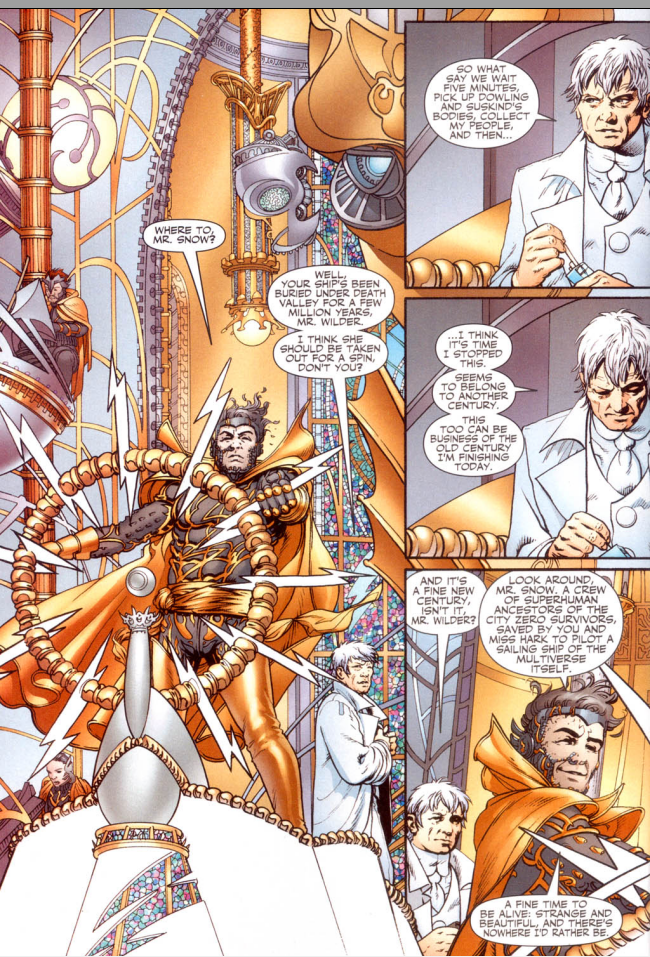
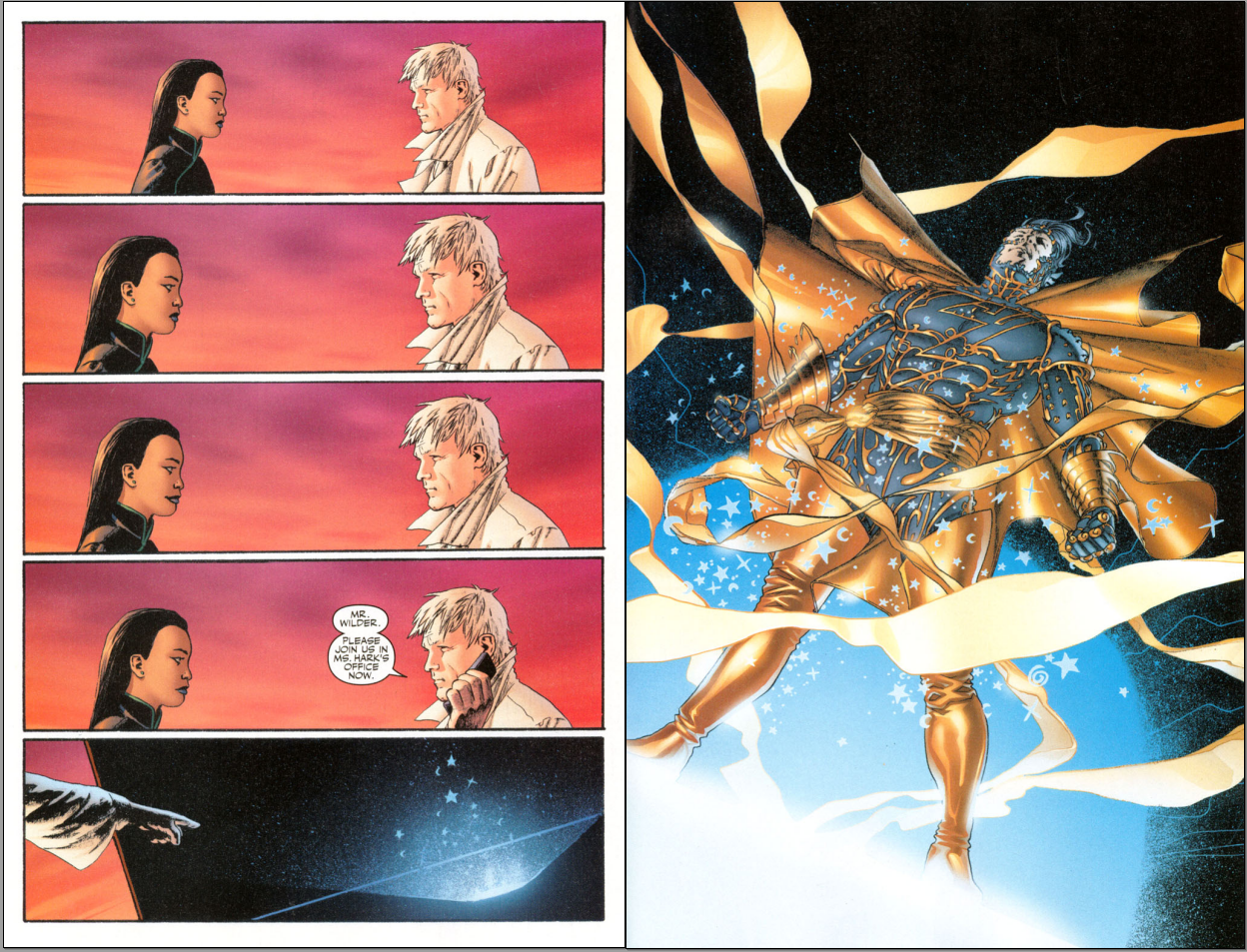
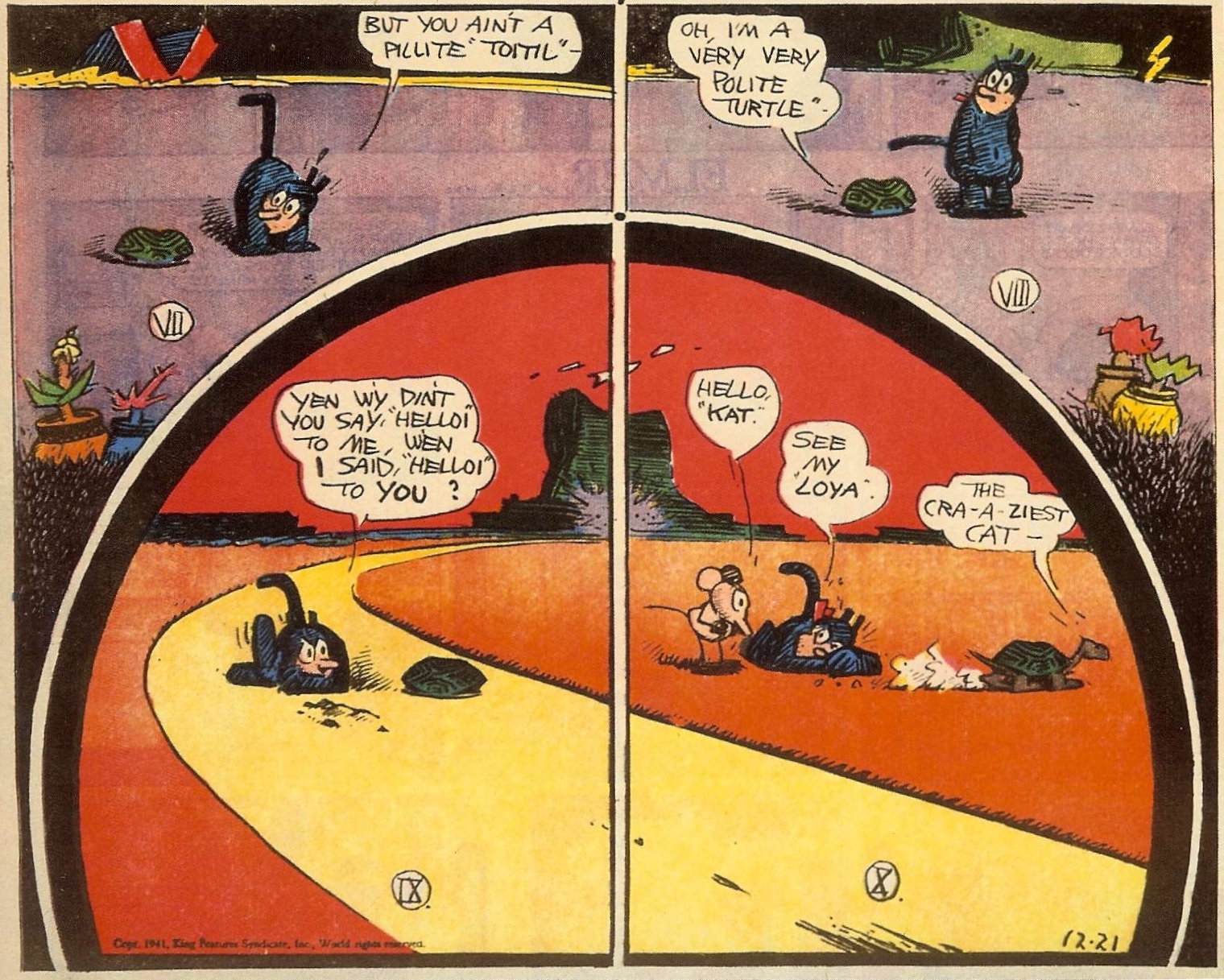



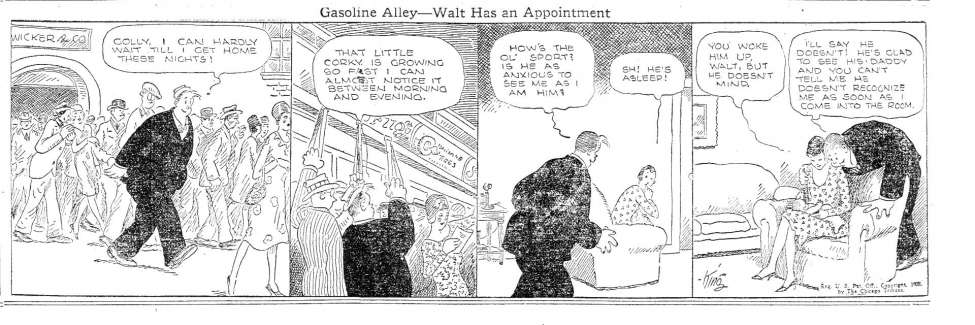

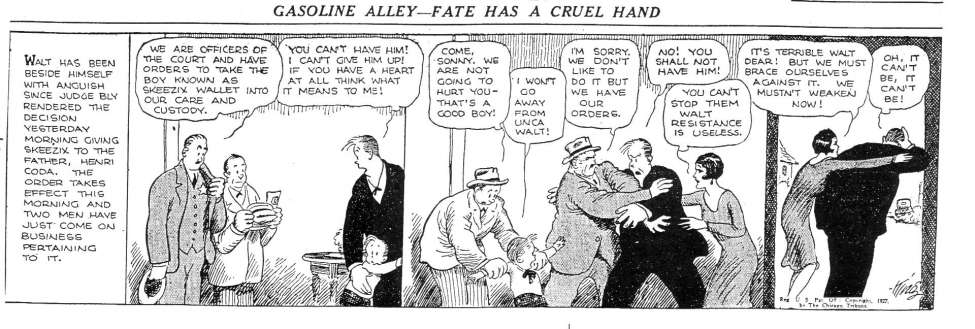
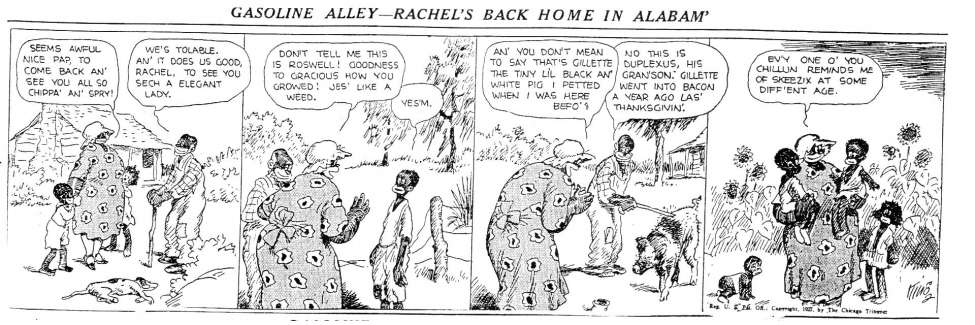
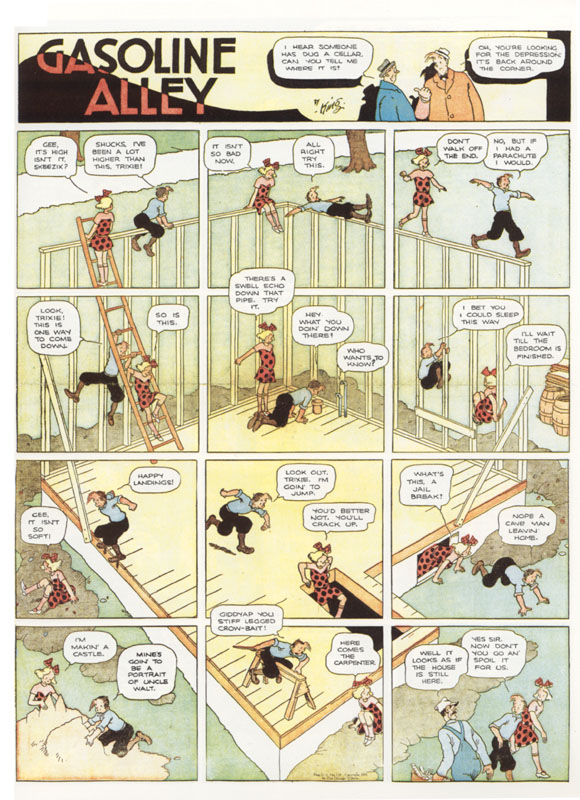
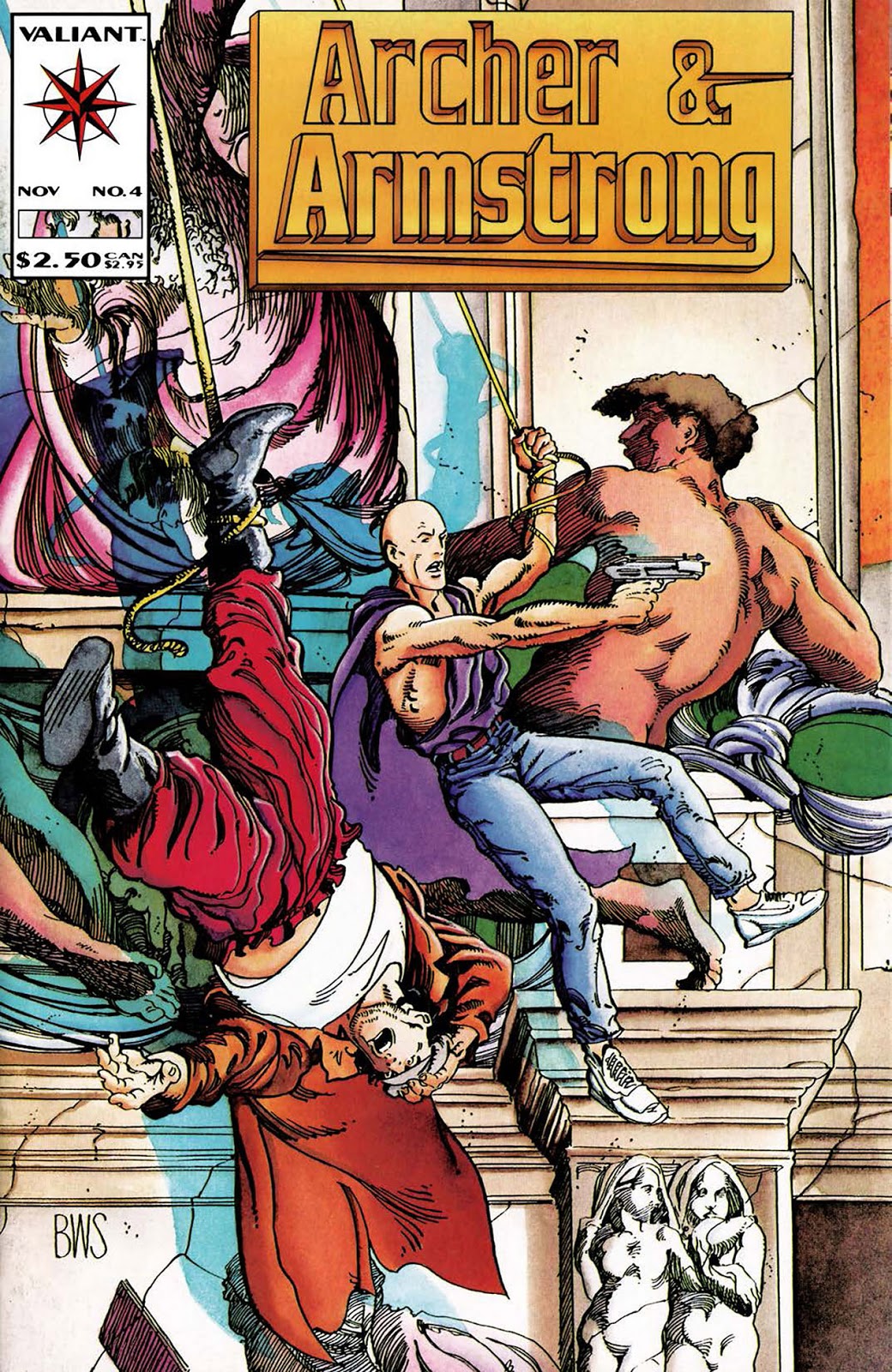
The run on Detective Comics has produced my second favorite cover.
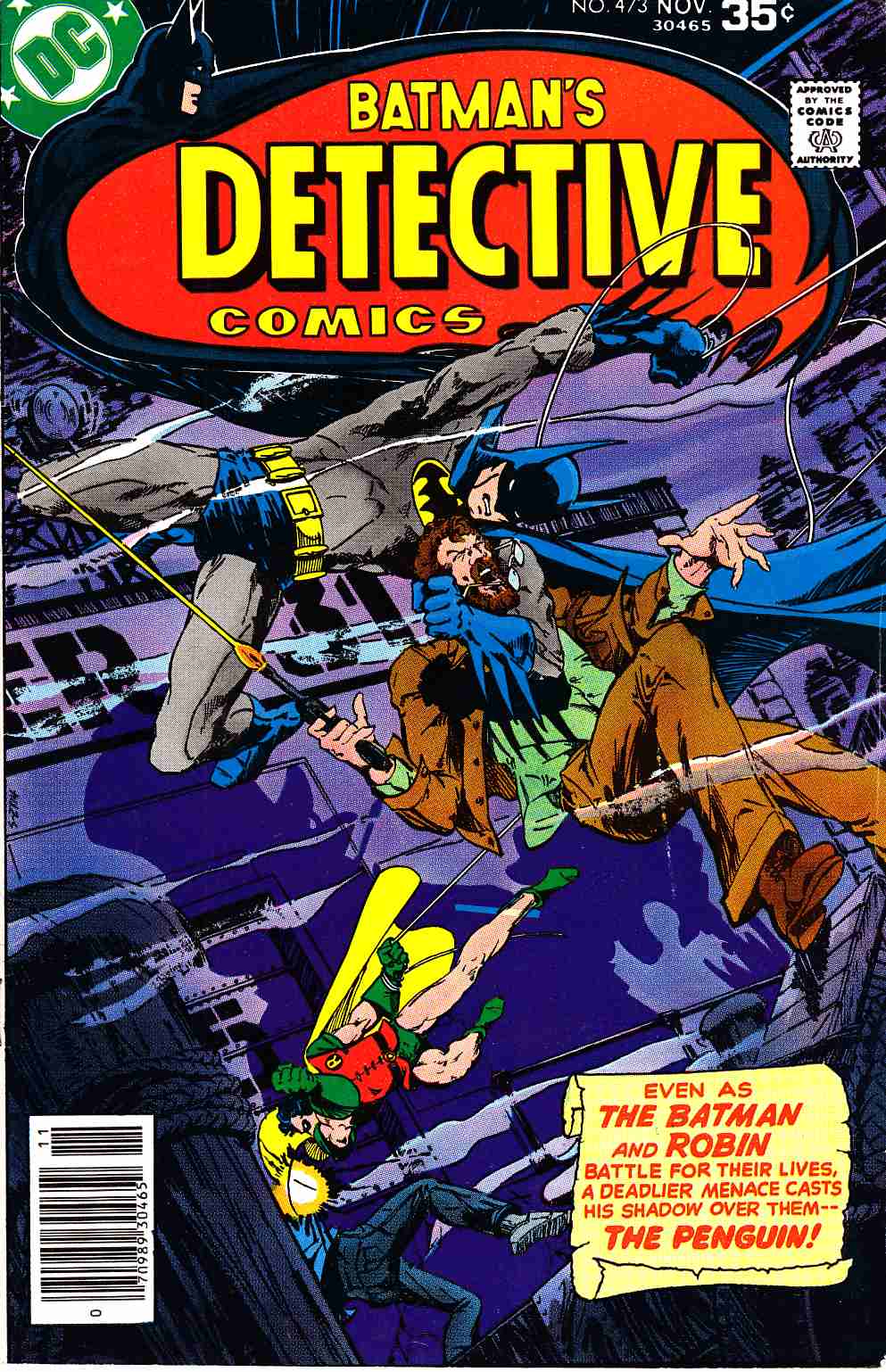
More than most books, Michael Tree feels like a real person, and you don't think about Max and Terry. You get totally lost in the narrative and person of Michael Tree and her world. The art carries this. It is not illustration, but comic art with a stylistic vocabulary, simplicity of line and form, and great craftsmanship that displays human emotion and facial expression, almost like Curt Swan's Superman, but will more complexity. None of the faces in Ms Tree's books like the same, yet all of them, that is Michael, Roger, Dan, Patrick, Rafe, Dominique Muetra, Mike Jr, and so on. Beatty knows how to signal to the facial recognition parts of the human brain with a minimal of line art, to move a story along with the depth of real life. You can almost hear the voices of Michael and her coworkers as the plot moves on
Collins and Beatty's Ms Tree is such a great work that it has been
published intact over at least four publishers. It never had a wide
audience, and its publication has often been an editorial choice by
people who have loved the book. Never has anyone ever interfered with
the creative team. Once you get on with this character, you will
want to read them all. These books are among the best the industry has
to offer (even in B&W).
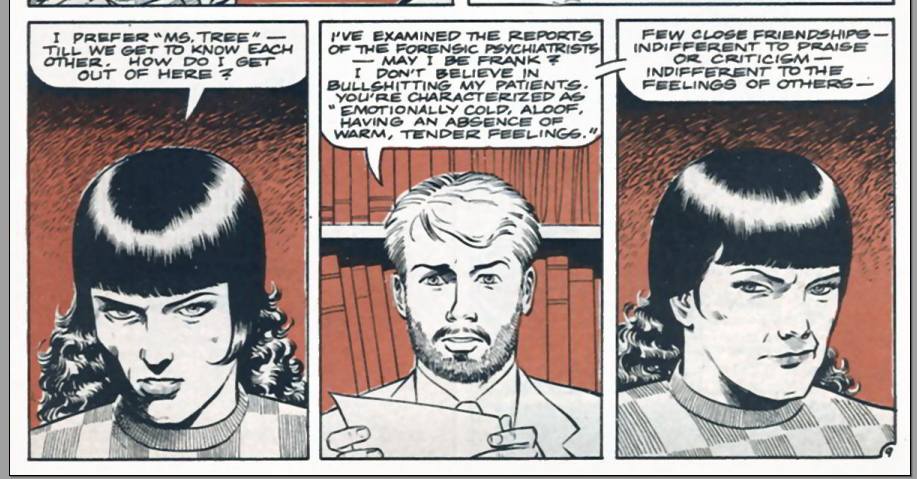
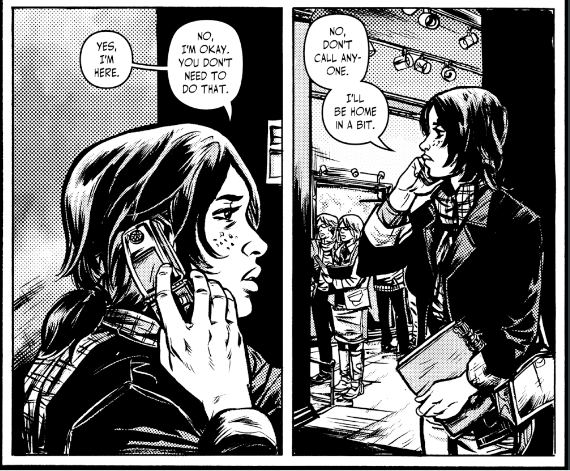
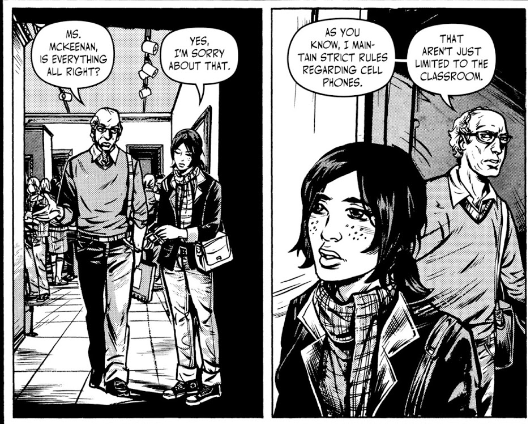
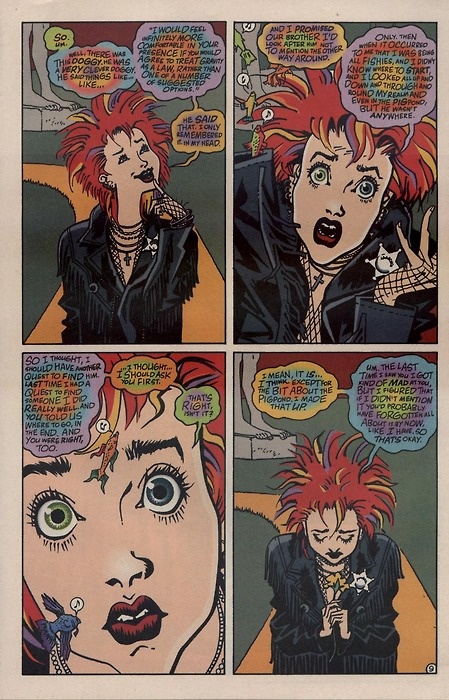
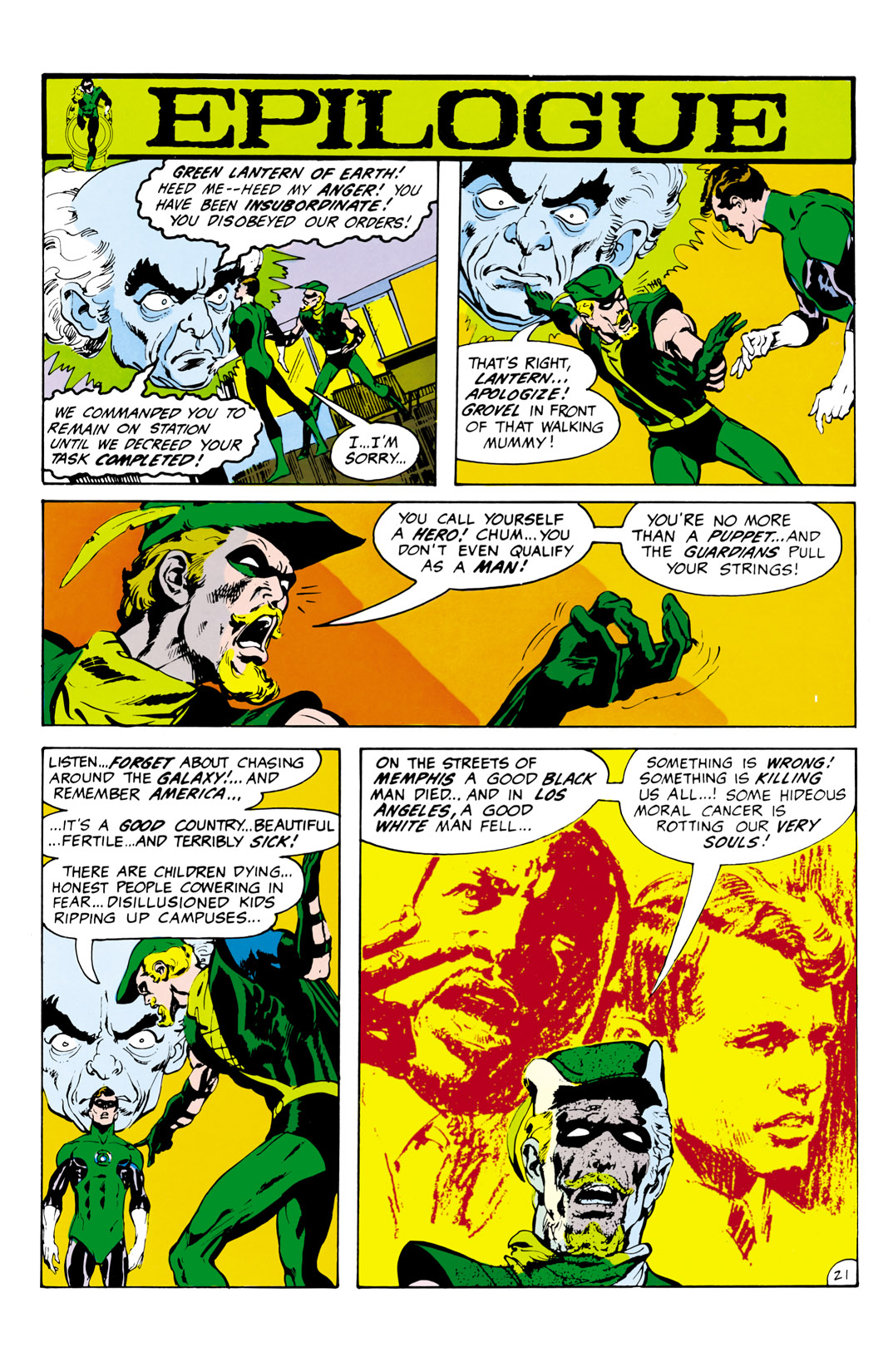
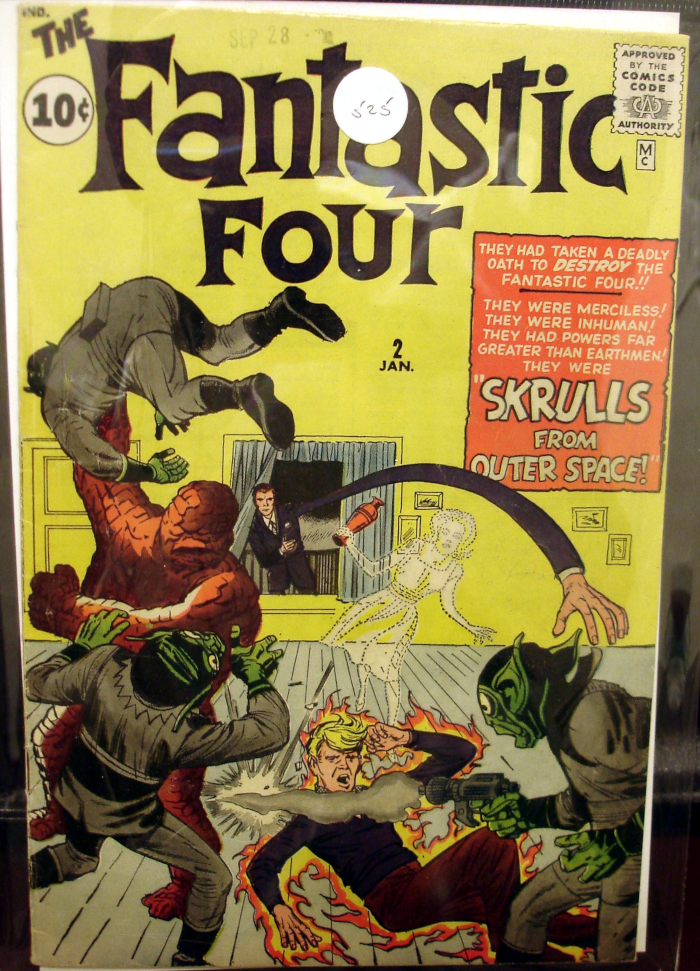
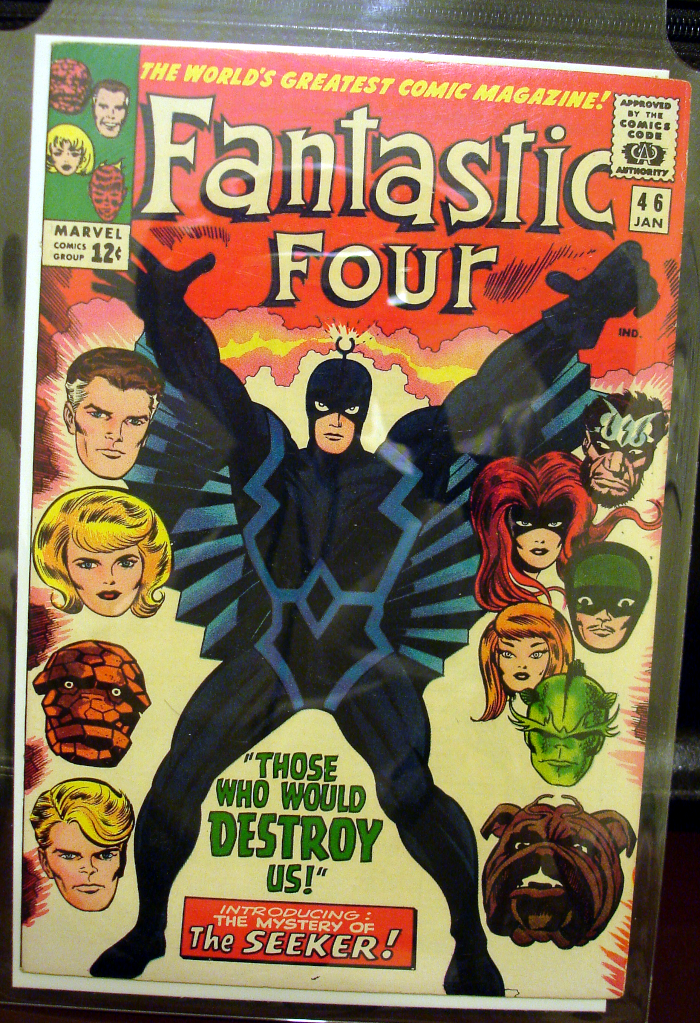
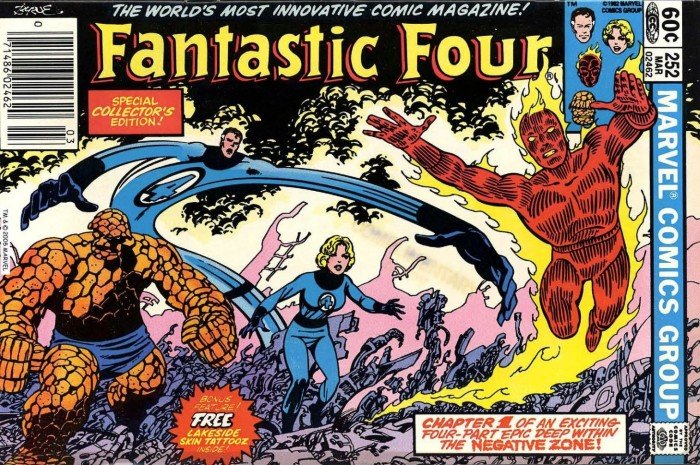 Without Kirby and Lee, the Fantastic Four was floundering in the 1970's
and without direction. The book was missing its distinctive creative
experimental flair and the family dynamics were breaking down into a
soap opera. The result was tediously repetitive as
stories that seemed to lurch from event to event without adding anything to
the title, and little of the
sense of wonder that fuels Fantastic Four adventures. It really takes a
special artist with insight into the heart of the team to move the Fantastic Four.
It is a very visual book and its writing has to be fanciful, yet still
be believable enough to tie you into the plot. Stories need to progress
one into the other without getting mired in too much negativity. No one could stand up to
legacy laid down by Kirby and Lee and the results were languid and
without direction.
Without Kirby and Lee, the Fantastic Four was floundering in the 1970's
and without direction. The book was missing its distinctive creative
experimental flair and the family dynamics were breaking down into a
soap opera. The result was tediously repetitive as
stories that seemed to lurch from event to event without adding anything to
the title, and little of the
sense of wonder that fuels Fantastic Four adventures. It really takes a
special artist with insight into the heart of the team to move the Fantastic Four.
It is a very visual book and its writing has to be fanciful, yet still
be believable enough to tie you into the plot. Stories need to progress
one into the other without getting mired in too much negativity. No one could stand up to
legacy laid down by Kirby and Lee and the results were languid and
without direction.This all changes when John Byrne takes of FF duties.
Byrnes Fantastic Four was visually brilliant, and the stories were full
of meat. The family dynamics were fixed and optimism was reestablished.
The more abstract and stylized artistic style complimented the themes of
the FF, and a new visual vocabulary was established. John Byrnes saved
the Fantastic Four and made them matter once again to the broader
public, and in doing so created one of the greatest comic book runs in
history. The Fantastic Four was now the vehicle of two of the most
creative binges in comics history, the Kirby-Lee binge and the John
Byrne binge. John Byrne was capable of stepping out of the shadow of
Jack Kirby and to create something of his own, unique, and equal to the
Kirby version of the Fantastic Four.
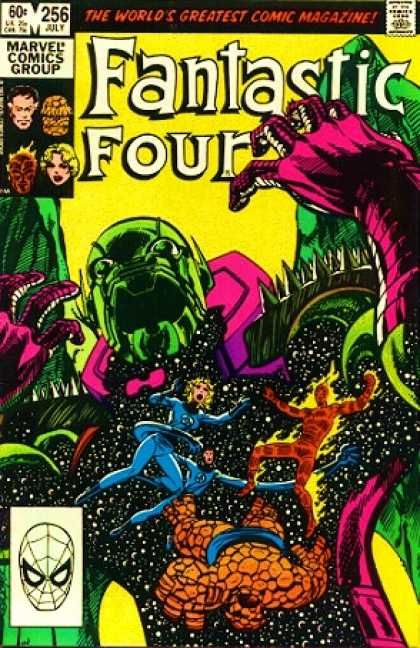
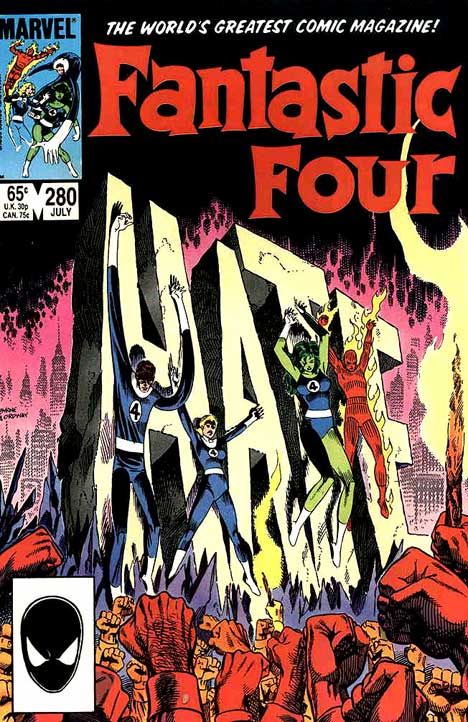
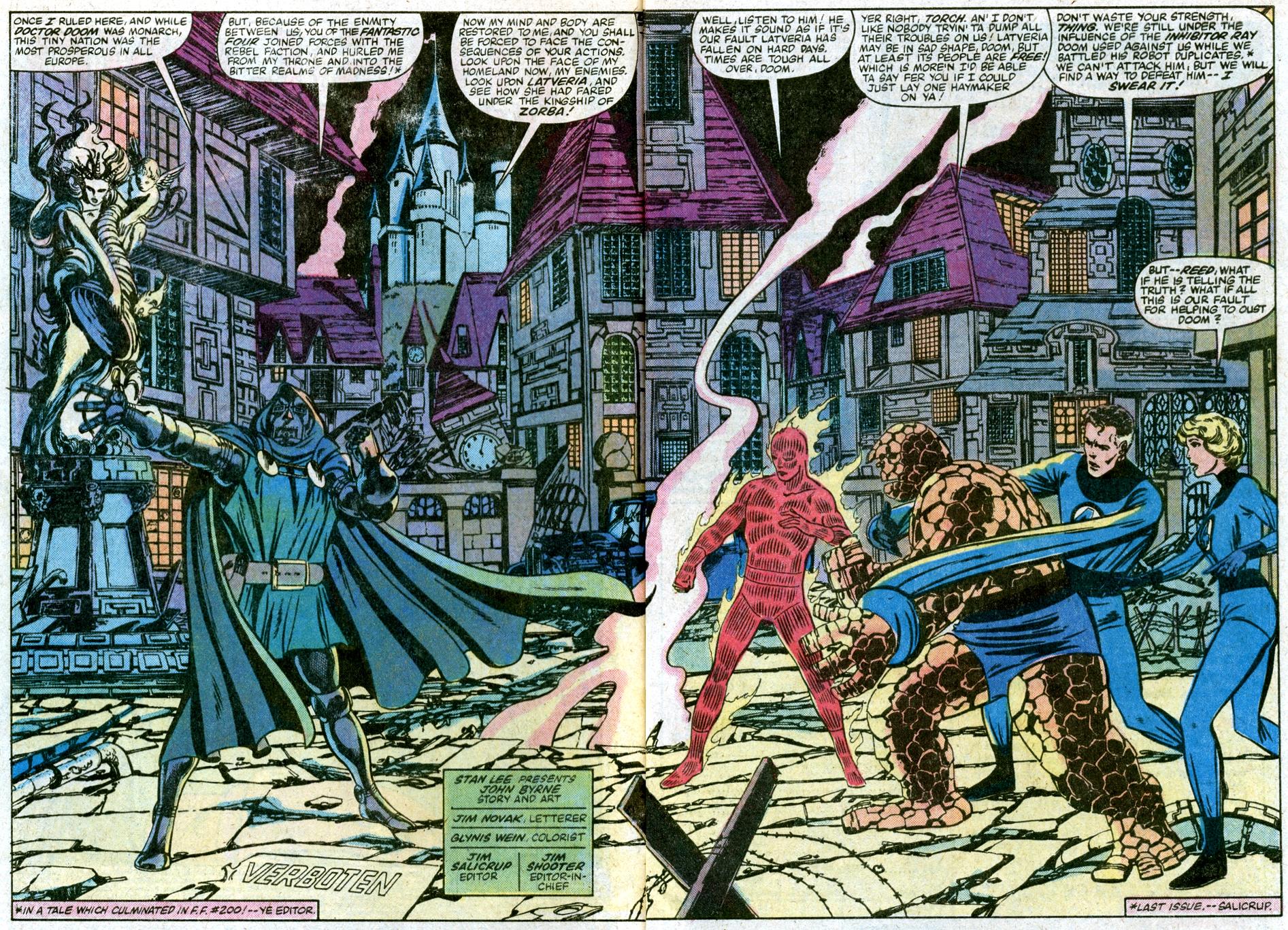
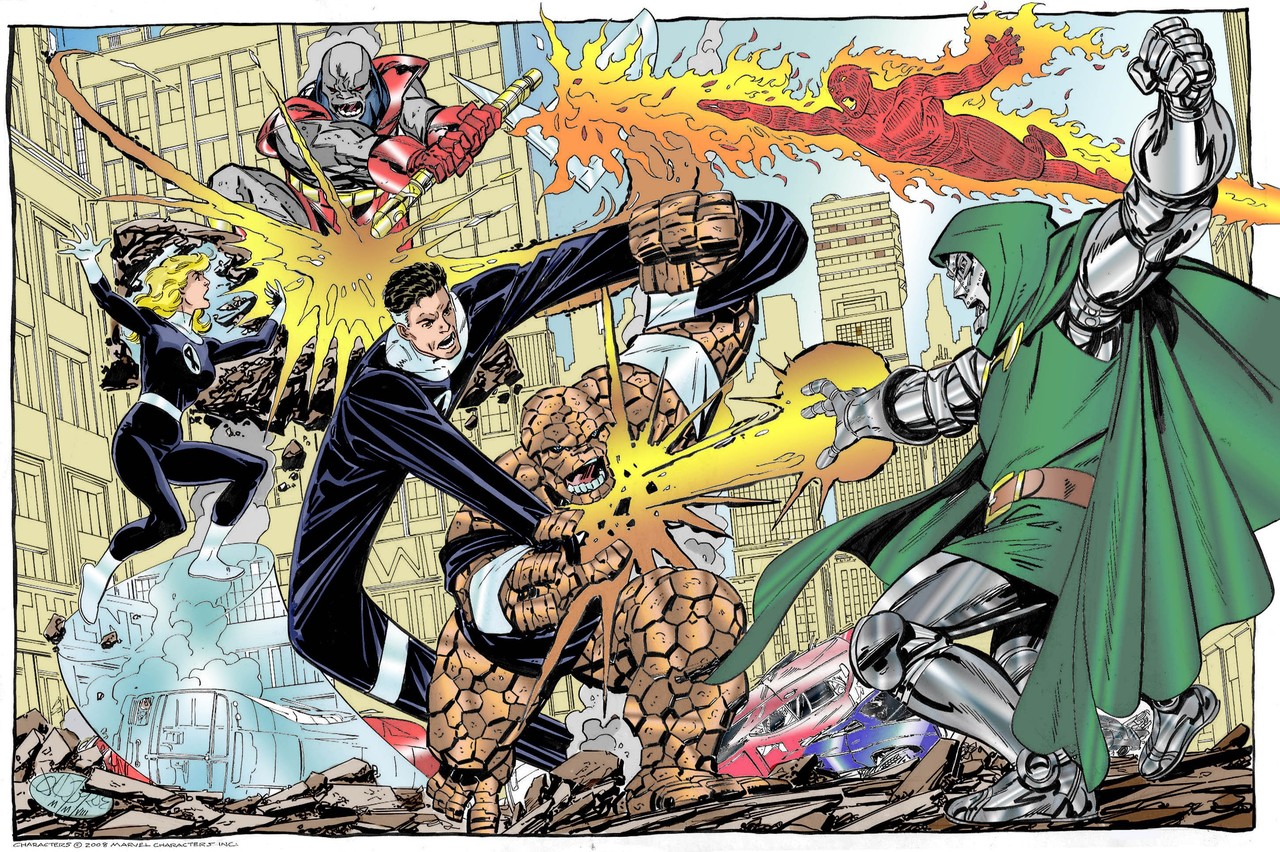
In fact, Superman was such a unique creation that editors at DC failed to comprehend its popularity and for several early issues of Action Comics, other storylines made the cover of Action, with Superman relegated to the back pages of the title it founded. They really just didn't understand. And not just DC. Dozens of other publishers reject the Superman concept. If not for Jerry Siegel's perseverance and faith in his creativity and project, we would never had seen Superman.
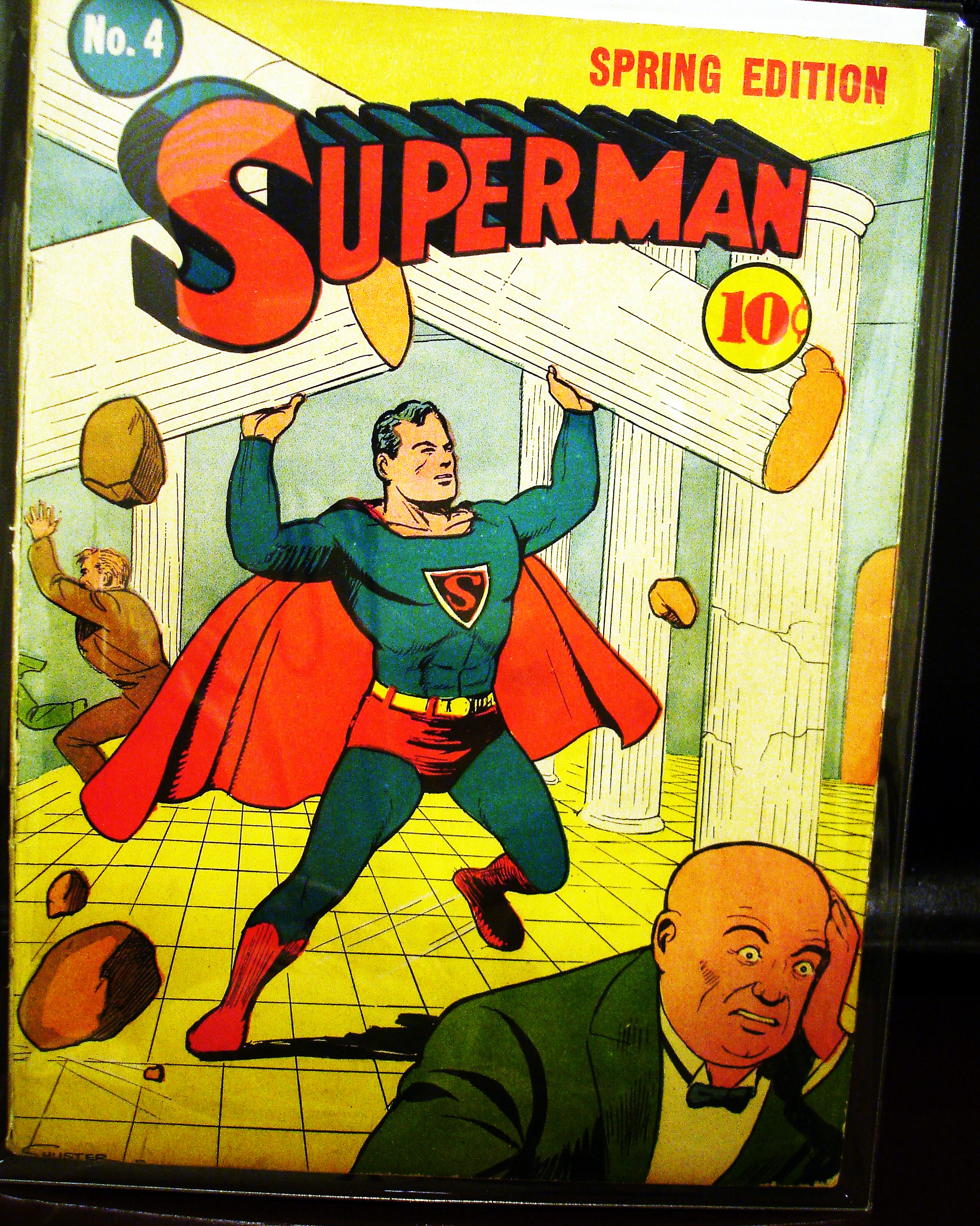
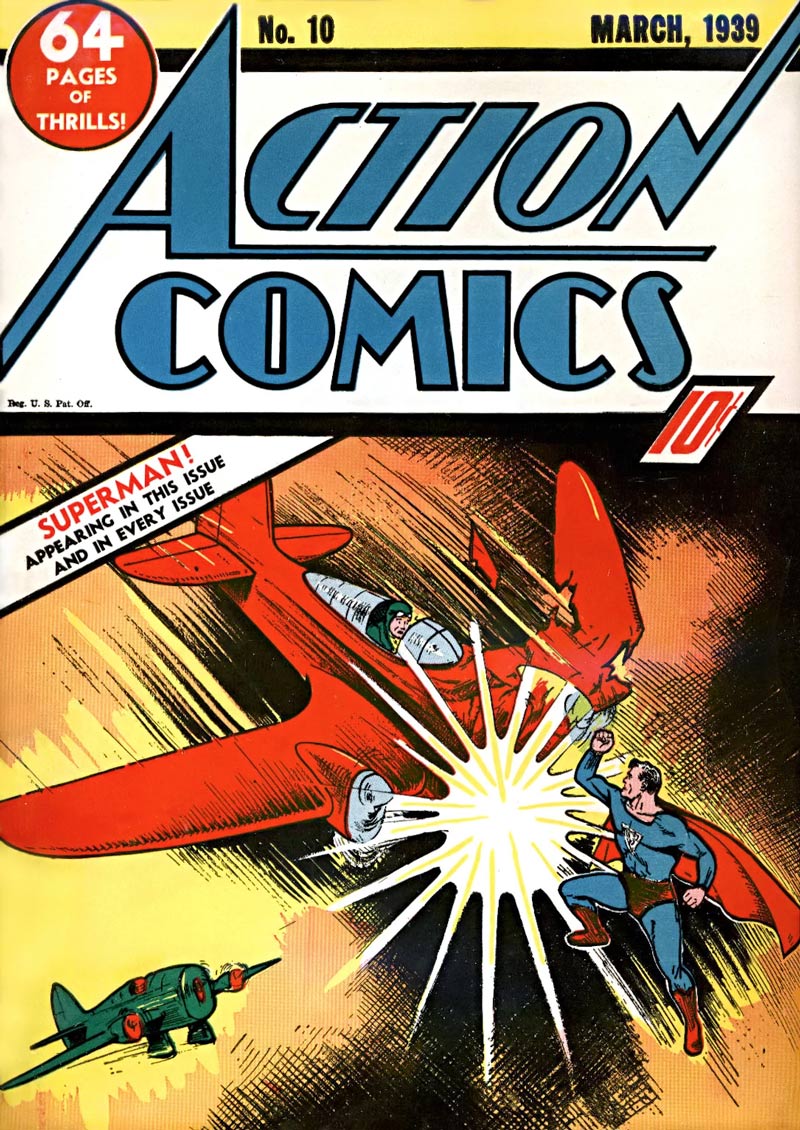
And when Siegel and Shuster were taken off their creation, Superman changed, and not necessarily for the better. He became less threatening, tame, and just less super. Shuster's last Action Comics was Action 24... just 2 years of Superman stories.
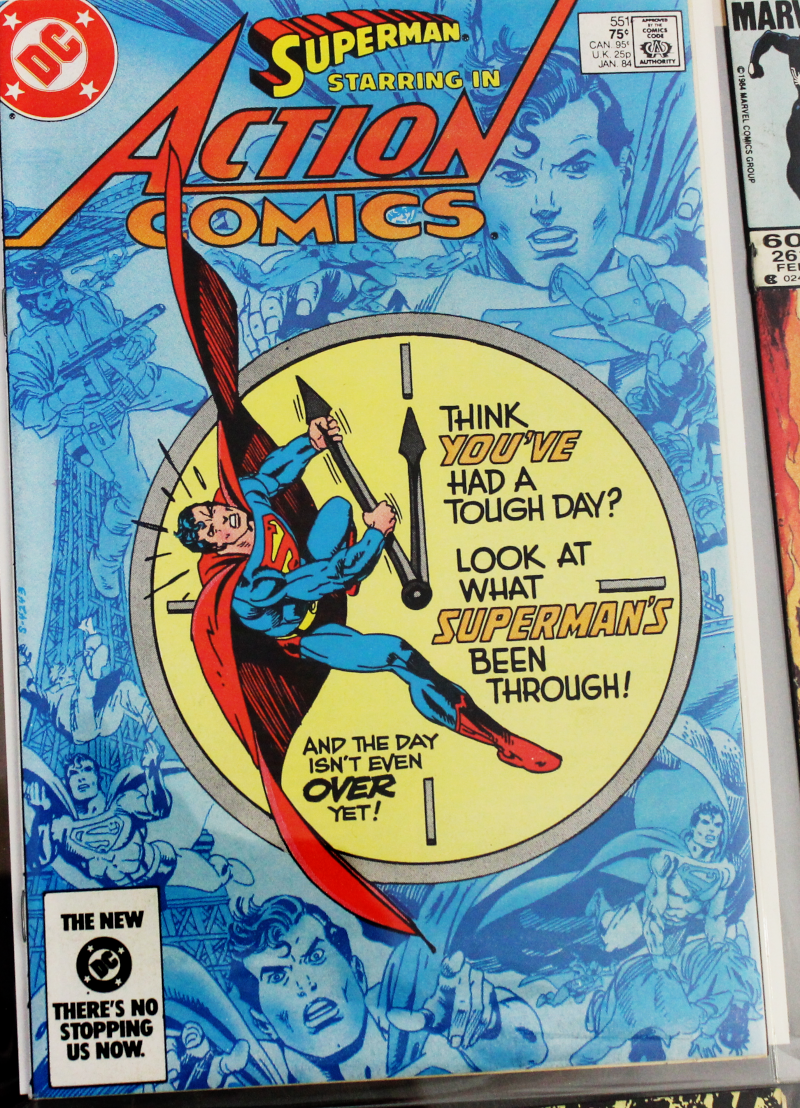
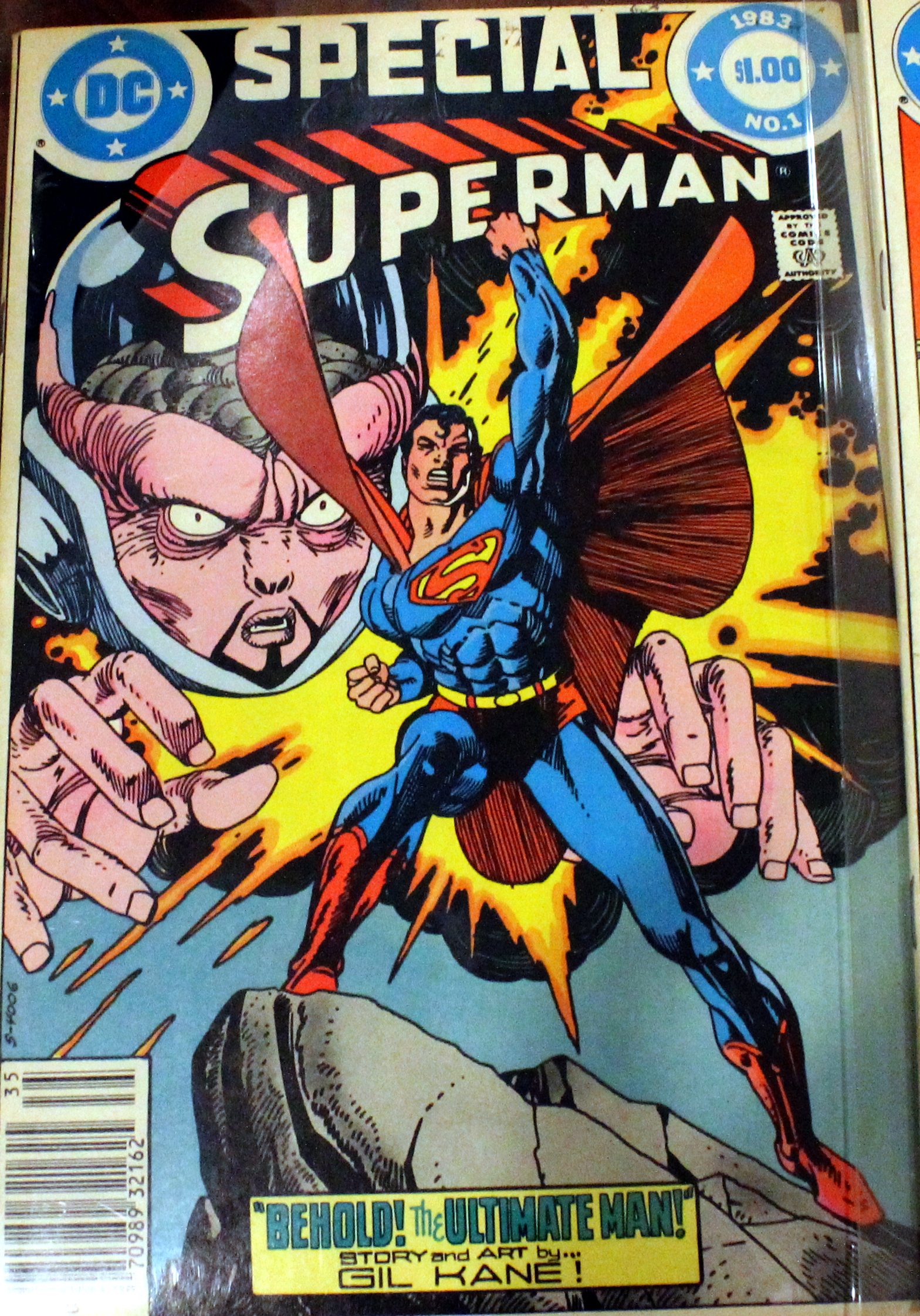
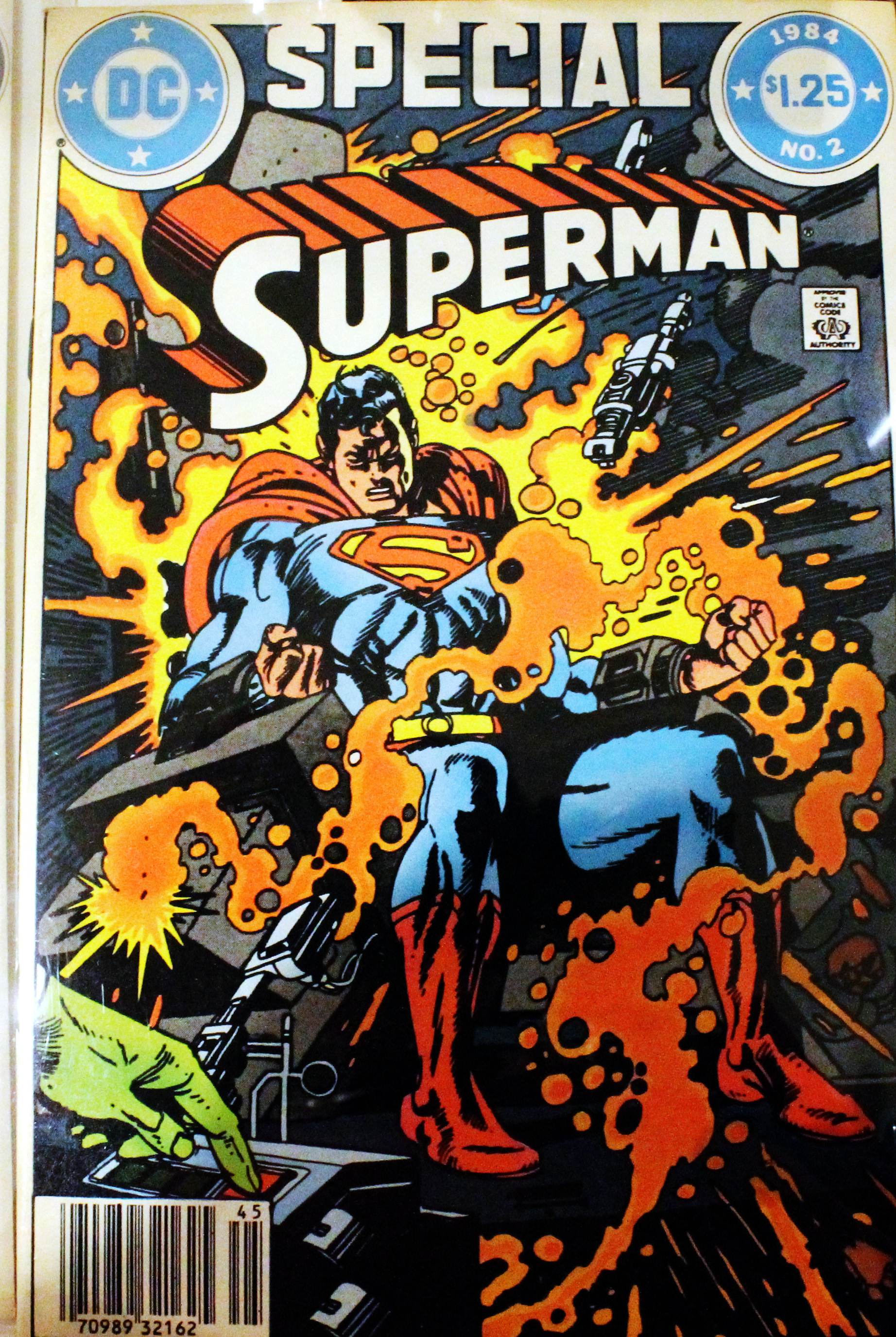
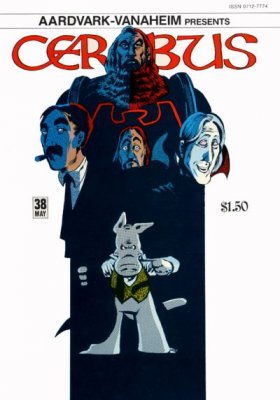
One can disagree if this run created the Bronze Age, but there is no doubting that at the time it was
as innovative story as had been written since EC was forced out of business in the 1950's
and one of the most vital runs that had ever been attempted in mainstream comics.
The books are beloved and watershed issues. This was the
coming of age storyline for a generation of comics readers
